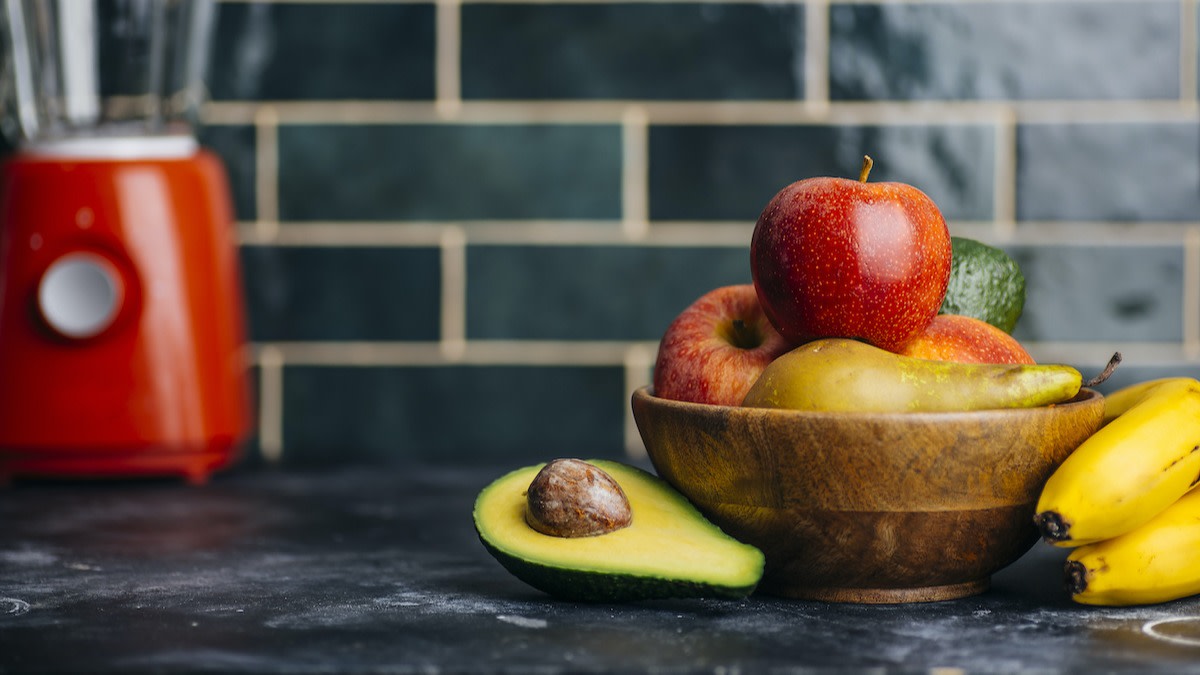How to Get Rid of Fruit Flies: Prevent a Fruit Fly Infestation
Written by MasterClass
Last updated: Jun 7, 2021 • 3 min read
If you want to keep pesky fruit flies out of your kitchen, you can take some simple preventative measures to drastically decrease the chance of an infestation. If you're already plagued by fruit flies, you can easily make a homemade trap to solve your problem.
Learn From the Best
What Are Fruit Flies?
Fruit flies (Drosophila melanogaster) are a small species of fly that commonly appears in homes with easily accessible produce. Fruit flies typically have red eyes and are brown or tan in color. To the untrained eye, fruit flies may resemble another insect species called the fungus gnat, but you can tell the two insects apart because fungus gnats are usually black or gray.
What Attracts Fruit Flies?
Fruit flies show up in search of a food source, and they’re particularly drawn to ripe or rotting produce, alcoholic beverages, fruit juices, and other sugary food items. Most fruit fly infestations occur when you leave these foods out on the kitchen counter or when you have remnants from these foods left in your sink drain, garbage disposal, or garbage can.
6 Ways to Prevent Fruit Flies
While a fruit fly infestation may seem like just a minor annoyance, fruit flies can taint food with harmful bacteria, so it’s worth taking steps to eliminate them promptly. Fruit flies have an extremely fast life cycle, and female adult fruit flies can lay up to 500 eggs at a time. Fruit fly eggs hatch in only 24 hours, so if you don't stop the infestation early you can easily end up with a major fruit fly problem.
- 1. Wash new produce. It's possible that produce at the grocery store is already covered in tiny larvae, so wash all your fruits and vegetables immediately after arriving home.
- 2. Store ripe fruit and vegetables in the refrigerator. The easiest way to prevent fruit flies is to remove their breeding ground. When fruit ripens, it releases ethanol which attracts fruit flies. Storing your ripe produce in the refrigerator not only decreases the produce's accessibility to flies, but the cold temperature also slows the ripening process.
- 3. Throw out overripe and rotten produce. Check your produce daily to make sure it's not past its prime. In addition to keeping an eye on your kitchen counter fruit bowl, remember to check your pantry for expired vegetables; a single rotting potato or onion has the potential to become a fruit fly breeding site.
- 4. Keep your kitchen surfaces dry and clean. Immediately clean up beverage spills (especially fruit juice), discard damp dishrags, and refrain from leaving dirty dishes in the sink or cups of liquid on the counter.
- 5. Clean your kitchen sink drain and disposal. Fruit flies lay eggs in sink drains and garbage disposals. To remove any rotting food particles in your drains, pour boiling water down the drain, clean the drain using a metal pipe brush, and follow up with more boiling water. Alternatively, mix together one cup of apple cider vinegar, half a cup of salt, and half a cup of baking soda—then pour the mixture down the drain, let it sit overnight, and rinse the drain with boiling water in the morning.
- 6. Secure and empty your trash can. Check that your trash can has a secure lid that closes completely, and take out your garbage regularly.
How to Make a Fruit Fly Trap in 5 Steps
To make an effective trap for fruit flies, follow this step-by-step guide.
- 1. Pour half a cup of apple cider vinegar into a cup, mason jar, or small bowl. As a substitute for apple cider vinegar, use balsamic vinegar or wine.
- 2. Add a few drops of dish soap into the container.
- 3. Cover the top of your container with plastic wrap, and secure it with a rubber band.
- 4. Poke a few small holes in the plastic wrap using a toothpick or pencil tip.
- 5. Place your jar trap near the infestation site. Fruit flies will be attracted to the vinegar and fly in, but the dish soap breaks the surface tension of the vinegar and causes the flies to drown.
If you don't have plastic wrap handy, an alternate method is to place an overripe banana in the jar and cover the top with a piece of paper rolled into a cone. Make sure the small end of the paper cone is near the bottom of the jar. The fruit flies will easily enter the jar through the large opening of the paper funnel but will struggle to exit through the small end.
Learn More
Get the MasterClass Annual Membership for exclusive access to video lessons taught by masters, including Kelly Wearstler, RuPaul, Ron Finley, and more.
